Home>Furniture & Design>Bathroom Accessories>How To Remove Buildup In Toilet Bowl
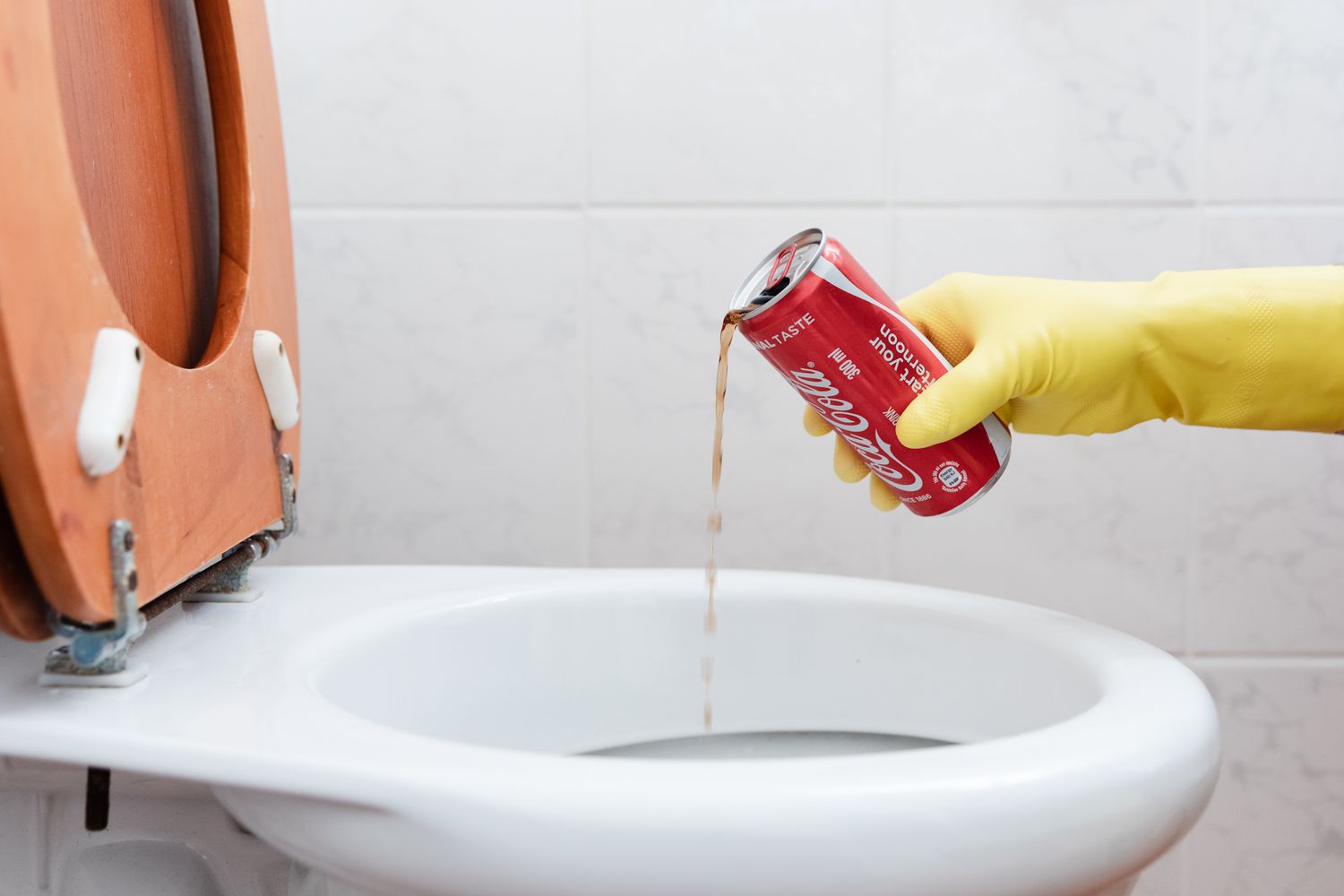

Bathroom Accessories
How To Remove Buildup In Toilet Bowl
Modified: March 22, 2024
Learn how to effectively remove buildup in your toilet bowl with our top bathroom accessories. Say goodbye to stubborn stains and keep your bathroom sparkling clean.
(Many of the links in this article redirect to a specific reviewed product. Your purchase of these products through affiliate links helps to generate commission for Storables.com, at no extra cost. Learn more)
Introduction
Maintaining a clean and hygienic bathroom is essential for a comfortable and healthy living environment. However, over time, the toilet bowl can develop unsightly buildup, which not only detracts from the overall aesthetics of the bathroom but also poses potential health risks. Understanding how to effectively remove this buildup is crucial for ensuring a sparkling clean toilet and preventing the accumulation of harmful bacteria and germs.
In this comprehensive guide, we will explore various methods for removing buildup in the toilet bowl, ranging from natural remedies to chemical solutions. Additionally, we will delve into preventive measures to minimize the recurrence of buildup, ultimately contributing to a pristine and sanitary bathroom environment.
By gaining insight into the causes of toilet bowl buildup and learning effective removal and prevention techniques, you can elevate your bathroom maintenance routine to a new level of cleanliness and hygiene. Let's embark on this journey to discover the most efficient and eco-friendly ways to combat toilet bowl buildup, ensuring a fresh and inviting bathroom space for you and your family.
Key Takeaways:
- Say goodbye to toilet bowl buildup with natural remedies like baking soda and vinegar, lemon juice, and essential oils. These eco-friendly solutions effectively combat stains and deposits while promoting a healthier bathroom environment.
- Prevent future buildup by establishing a regular cleaning schedule, using toilet bowl tablets, and considering a water softening system. These proactive measures help maintain a consistently clean and inviting bathroom space.
Read more: How To Remove Calcium Buildup In Toilet Bowl
Understanding Toilet Bowl Buildup
Toilet bowl buildup, often characterized by unsightly stains, discoloration, and mineral deposits, is a common issue that can detract from the cleanliness and appeal of a bathroom. Understanding the factors contributing to this buildup is essential for effectively addressing the problem.
Causes of Buildup
-
Hard Water Deposits: One of the primary culprits behind toilet bowl buildup is hard water. When water with high mineral content evaporates, it leaves behind mineral deposits, resulting in stubborn stains and discoloration in the toilet bowl.
-
Bacterial Growth: Over time, bacteria can accumulate in the toilet bowl, leading to the formation of dark, slimy buildup. This not only affects the appearance of the toilet but also poses potential health risks.
-
Residue from Cleaning Products: Certain cleaning products, if not thoroughly rinsed, can leave behind residue in the toilet bowl, contributing to the buildup of stains and deposits.
Types of Buildup
-
Mineral Deposits: These are often white or off-white in color and are caused by the accumulation of minerals such as calcium and magnesium from hard water.
-
Rust Stains: Rust stains, typically reddish-brown in appearance, are caused by the presence of iron in the water supply. These stains can be particularly stubborn and challenging to remove.
-
Bacterial Buildup: This type of buildup is characterized by dark, slimy patches in the toilet bowl, indicating the presence of bacteria and organic matter.
Impact of Buildup
Aside from the obvious aesthetic concerns, toilet bowl buildup can harbor harmful bacteria and germs, compromising the overall hygiene of the bathroom. Additionally, persistent buildup can lead to foul odors, making the bathroom environment less inviting.
By gaining a deeper understanding of the causes, types, and impact of toilet bowl buildup, you can tailor your approach to effectively remove the buildup and implement preventive measures to maintain a clean and sanitary toilet bowl.
Read more: How To Remove Lime Buildup In Toilet Bowl
Natural Methods for Removing Buildup
When it comes to tackling toilet bowl buildup, natural methods offer effective and eco-friendly solutions that are gentle on the environment and safe for regular use. These methods utilize common household items and natural ingredients to combat stains, mineral deposits, and bacterial buildup in the toilet bowl. Here are some natural approaches to consider:
1. Baking Soda and Vinegar
A powerful combination for removing toilet bowl buildup is baking soda and vinegar. Start by pouring a cup of baking soda into the toilet bowl, followed by a cup of vinegar. Allow the mixture to fizz and bubble for several minutes before scrubbing the bowl with a toilet brush. The abrasive action of the baking soda, combined with the acidic properties of vinegar, helps break down and dissolve stubborn stains and mineral deposits.
2. Lemon Juice
Lemon juice, with its natural acidity, is an excellent natural cleaner for removing toilet bowl buildup. Squeeze fresh lemon juice directly into the toilet bowl and let it sit for at least 30 minutes. The citric acid in the lemon juice effectively breaks down mineral deposits and rust stains. After allowing the lemon juice to work its magic, scrub the bowl and flush to reveal a cleaner, fresher toilet bowl.
3. Borax
Borax, a naturally occurring mineral compound, is renowned for its cleaning and disinfecting properties. To remove buildup in the toilet bowl, sprinkle a generous amount of borax into the bowl and allow it to sit for an hour or more. The abrasive nature of borax, combined with its alkaline pH, helps to dissolve mineral deposits and inhibit bacterial growth. After the designated time, scrub the bowl and flush to reveal a noticeably cleaner and fresher toilet bowl.
Read more: How To Clean Calcium Buildup In Toilet Bowl
4. Essential Oils
Certain essential oils, such as tea tree oil and eucalyptus oil, possess natural antibacterial properties, making them effective for combating bacterial buildup in the toilet bowl. Add a few drops of your preferred essential oil to the toilet bowl and allow it to sit for some time before scrubbing and flushing. Not only do essential oils help eliminate bacteria, but they also leave behind a pleasant, natural fragrance.
5. Salt and Baking Soda
A mixture of salt and baking soda can serve as a natural abrasive cleaner for removing stubborn buildup in the toilet bowl. Combine equal parts of salt and baking soda, then sprinkle the mixture into the toilet bowl. Use a toilet brush to scrub the bowl, targeting areas with visible stains and deposits. The abrasive action of the salt and baking soda helps to dislodge and remove buildup, leaving the toilet bowl looking cleaner and more refreshed.
By incorporating these natural methods into your cleaning routine, you can effectively remove buildup in the toilet bowl while minimizing the use of harsh chemicals. These natural remedies not only promote a cleaner and fresher toilet bowl but also contribute to a healthier and more environmentally friendly approach to bathroom maintenance.
Chemical Methods for Removing Buildup
Chemical cleaners offer potent solutions for tackling stubborn buildup in the toilet bowl, effectively targeting mineral deposits, rust stains, and bacterial growth. While these methods involve the use of stronger cleaning agents, it is essential to follow safety precautions and use them in a well-ventilated area. Here are some chemical methods for removing buildup in the toilet bowl:
1. Hydrochloric Acid-Based Cleaners
Hydrochloric acid-based toilet bowl cleaners are highly effective for dissolving tough mineral deposits and rust stains. These cleaners contain strong acids that work to break down and dissolve the stubborn buildup, restoring the toilet bowl to a pristine condition. It is important to use these cleaners with caution, following the manufacturer's instructions and wearing protective gloves to minimize skin contact.
Read more: How To Remove A Toilet Bowl
2. Oxalic Acid Cleaners
Oxalic acid cleaners are specifically formulated to target and remove rust stains in the toilet bowl. The acidic properties of oxalic acid enable it to effectively break down and eliminate rust buildup, restoring the bowl's original luster. When using oxalic acid cleaners, it is crucial to adhere to safety guidelines and avoid mixing them with other cleaning products to prevent hazardous chemical reactions.
3. Chlorine-Based Cleaners
Chlorine-based toilet bowl cleaners are renowned for their disinfecting and whitening properties. These cleaners contain chlorine bleach, which not only removes stains and buildup but also disinfects the toilet bowl, effectively eliminating harmful bacteria and germs. When using chlorine-based cleaners, it is important to ventilate the area and avoid mixing them with other cleaning agents to prevent the release of toxic fumes.
4. Enzymatic Cleaners
Enzymatic toilet bowl cleaners utilize natural enzymes to break down organic matter and bacterial buildup in the toilet bowl. These cleaners are particularly effective for combating stubborn stains and odors caused by bacterial growth. Enzymatic cleaners offer a safer and more environmentally friendly alternative to harsh chemical cleaners, making them a preferred choice for those seeking a gentler approach to toilet bowl maintenance.
5. Acidic Gel Cleaners
Acidic gel cleaners are designed to cling to the surface of the toilet bowl, allowing the acidic formula to effectively dissolve mineral deposits and stains. These cleaners offer targeted and thorough cleaning, ensuring that even hard-to-reach areas are treated. When using acidic gel cleaners, it is important to wear protective gear and carefully follow the application instructions to achieve optimal results.
By incorporating these chemical methods into your cleaning routine, you can effectively tackle stubborn buildup in the toilet bowl, restoring its cleanliness and freshness. It is important to use these chemical cleaners responsibly, following safety guidelines and manufacturer's instructions to ensure a safe and effective cleaning process.
Read more: How To Remove Clog In Toilet Bowl
Preventing Future Buildup
Preventing future buildup in the toilet bowl is essential for maintaining a consistently clean and hygienic bathroom environment. By implementing proactive measures and incorporating regular maintenance practices, you can effectively minimize the recurrence of unsightly stains, mineral deposits, and bacterial growth. Here are some strategies to prevent future buildup in the toilet bowl:
-
Regular Cleaning Schedule: Establishing a regular cleaning schedule for the toilet bowl is crucial for preventing the accumulation of buildup. Aim to clean the toilet bowl at least once a week to remove any early signs of staining or deposits. Consistent cleaning helps prevent the buildup from becoming stubborn and difficult to remove.
-
Use of Toilet Bowl Tablets: Consider using toilet bowl cleaning tablets or discs that are designed to prevent buildup and maintain the cleanliness of the bowl between regular cleanings. These products often contain cleaning agents and enzymes that help break down and prevent the formation of stains and deposits.
-
Vinegar Rinse: After cleaning the toilet bowl, perform a periodic vinegar rinse to help prevent mineral deposits and stains. Simply pour a cup of vinegar into the toilet bowl and let it sit for several hours or overnight. The acidic nature of vinegar helps dissolve any residual minerals and inhibits the formation of new deposits.
-
Water Softening System: If hard water is a persistent issue in your area, consider installing a water softening system for your home. Water softeners help reduce the mineral content in the water supply, effectively minimizing the formation of mineral deposits in the toilet bowl and other fixtures.
-
Regular Maintenance of Toilet Tank: Periodically inspect and clean the toilet tank to prevent mineral buildup in the tank and subsequent transfer to the bowl. Mineral deposits in the tank can contribute to buildup in the bowl, so maintaining the tank's cleanliness is essential for preventing future issues.
-
Proper Ventilation: Ensure adequate ventilation in the bathroom to minimize moisture and humidity, which can contribute to bacterial growth and the formation of stains. Use exhaust fans or open windows to promote air circulation and reduce the likelihood of buildup in the toilet bowl.
By incorporating these preventive measures into your bathroom maintenance routine, you can effectively minimize the recurrence of buildup in the toilet bowl, ensuring a consistently clean and inviting bathroom environment. Consistent cleaning, proactive maintenance, and the use of preventive products and methods are key to preventing future buildup and maintaining a sparkling clean toilet bowl.
Conclusion
In conclusion, maintaining a clean and hygienic toilet bowl is essential for a fresh and inviting bathroom environment. The presence of stubborn stains, mineral deposits, and bacterial buildup can detract from the overall cleanliness and aesthetics of the bathroom, posing potential health risks and unpleasant odors. By understanding the causes and types of buildup, as well as implementing effective removal and preventive measures, you can elevate your bathroom maintenance routine to ensure a consistently clean and sanitary toilet bowl.
Natural methods, such as using baking soda and vinegar, lemon juice, borax, essential oils, and salt and baking soda mixtures, offer eco-friendly and gentle solutions for removing buildup. These natural remedies not only effectively combat stains and deposits but also contribute to a healthier and more environmentally friendly approach to bathroom maintenance. Additionally, chemical methods, including hydrochloric acid-based cleaners, oxalic acid cleaners, chlorine-based cleaners, enzymatic cleaners, and acidic gel cleaners, provide potent solutions for tackling stubborn buildup, restoring the cleanliness and freshness of the toilet bowl.
Furthermore, preventing future buildup is crucial for maintaining a consistently clean toilet bowl. Establishing a regular cleaning schedule, using toilet bowl tablets, performing vinegar rinses, considering water softening systems, maintaining the toilet tank, and ensuring proper ventilation are proactive measures that can effectively minimize the recurrence of unsightly stains and deposits.
By incorporating these removal and preventive strategies into your bathroom maintenance routine, you can ensure a sparkling clean toilet bowl, contributing to a fresh and inviting bathroom environment for you and your family. Whether opting for natural or chemical methods, it is important to prioritize safety and follow manufacturer's instructions for the effective and responsible use of cleaning products.
Ultimately, by gaining insight into the causes of buildup, utilizing effective removal methods, and implementing preventive measures, you can maintain a pristine and hygienic toilet bowl, enhancing the overall cleanliness and appeal of your bathroom. With a proactive and informed approach to toilet bowl maintenance, you can enjoy a fresh and inviting bathroom space, free from the unsightly effects of buildup.
Frequently Asked Questions about How To Remove Buildup In Toilet Bowl
Was this page helpful?
At Storables.com, we guarantee accurate and reliable information. Our content, validated by Expert Board Contributors, is crafted following stringent Editorial Policies. We're committed to providing you with well-researched, expert-backed insights for all your informational needs.
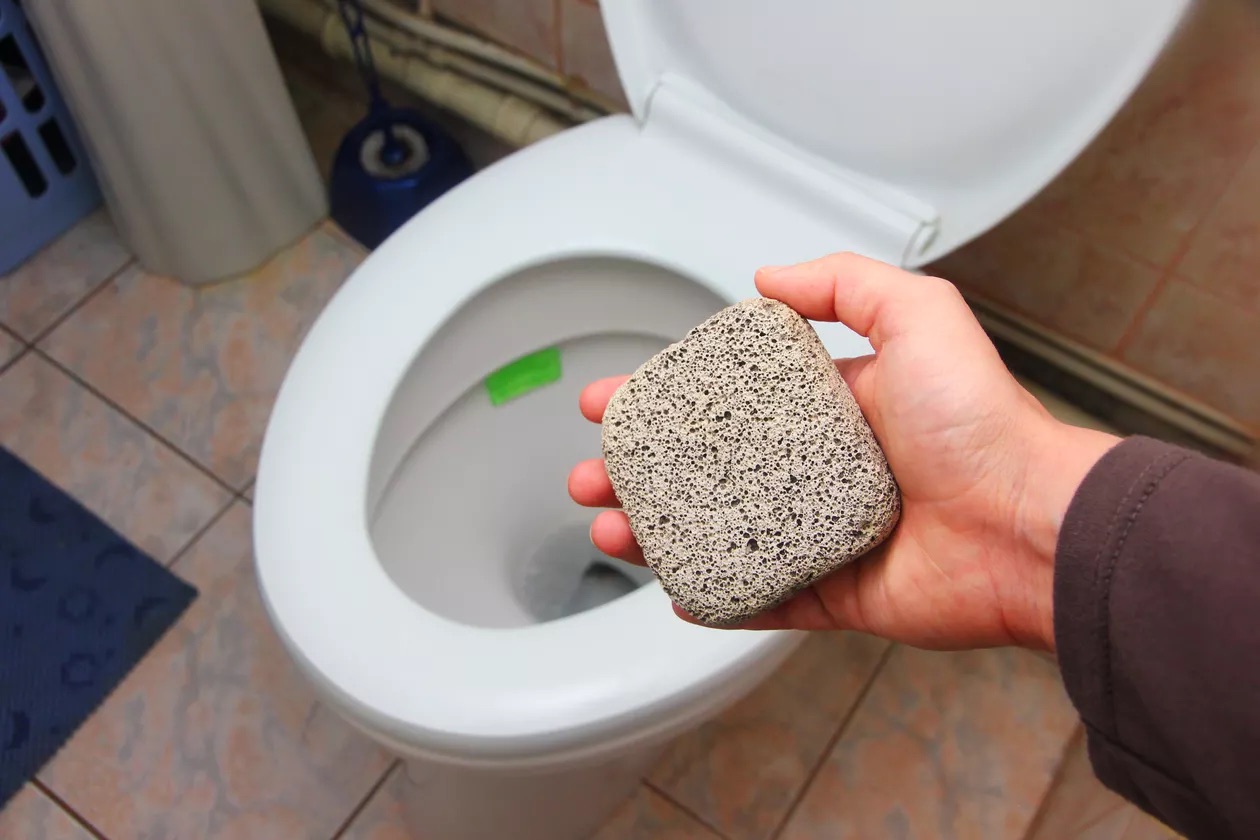
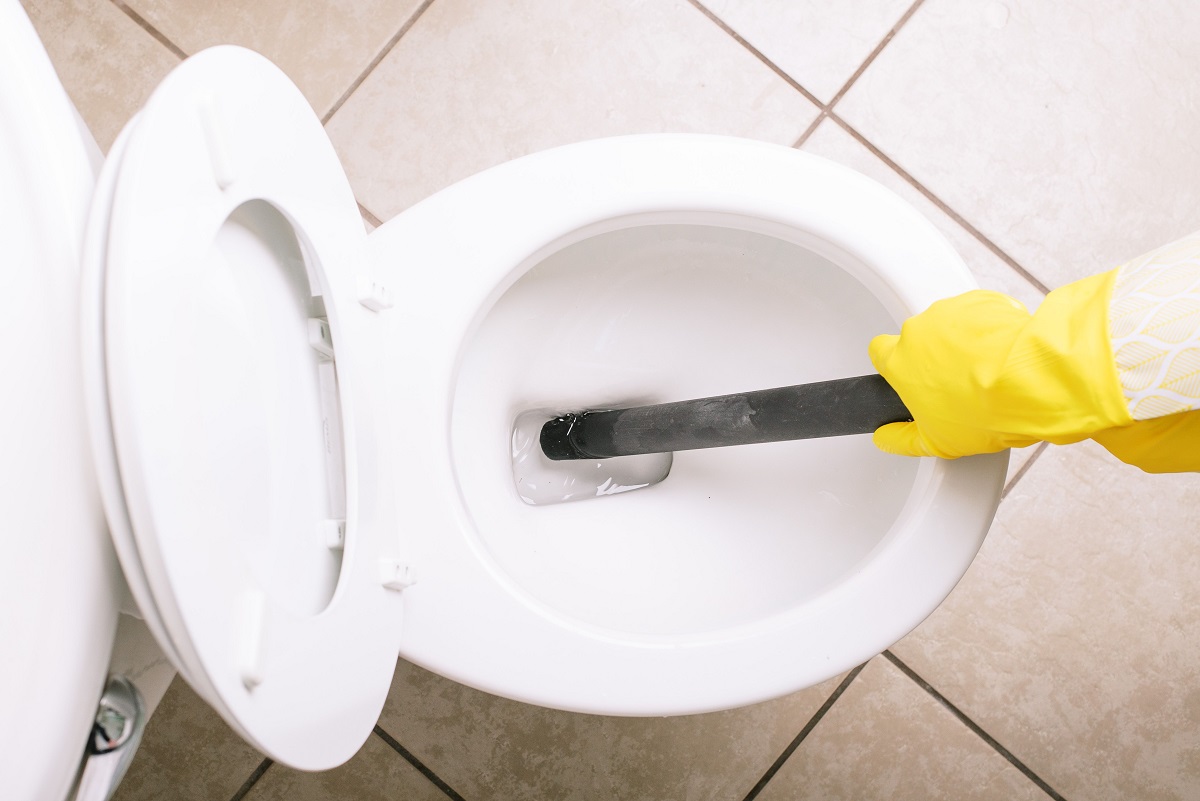
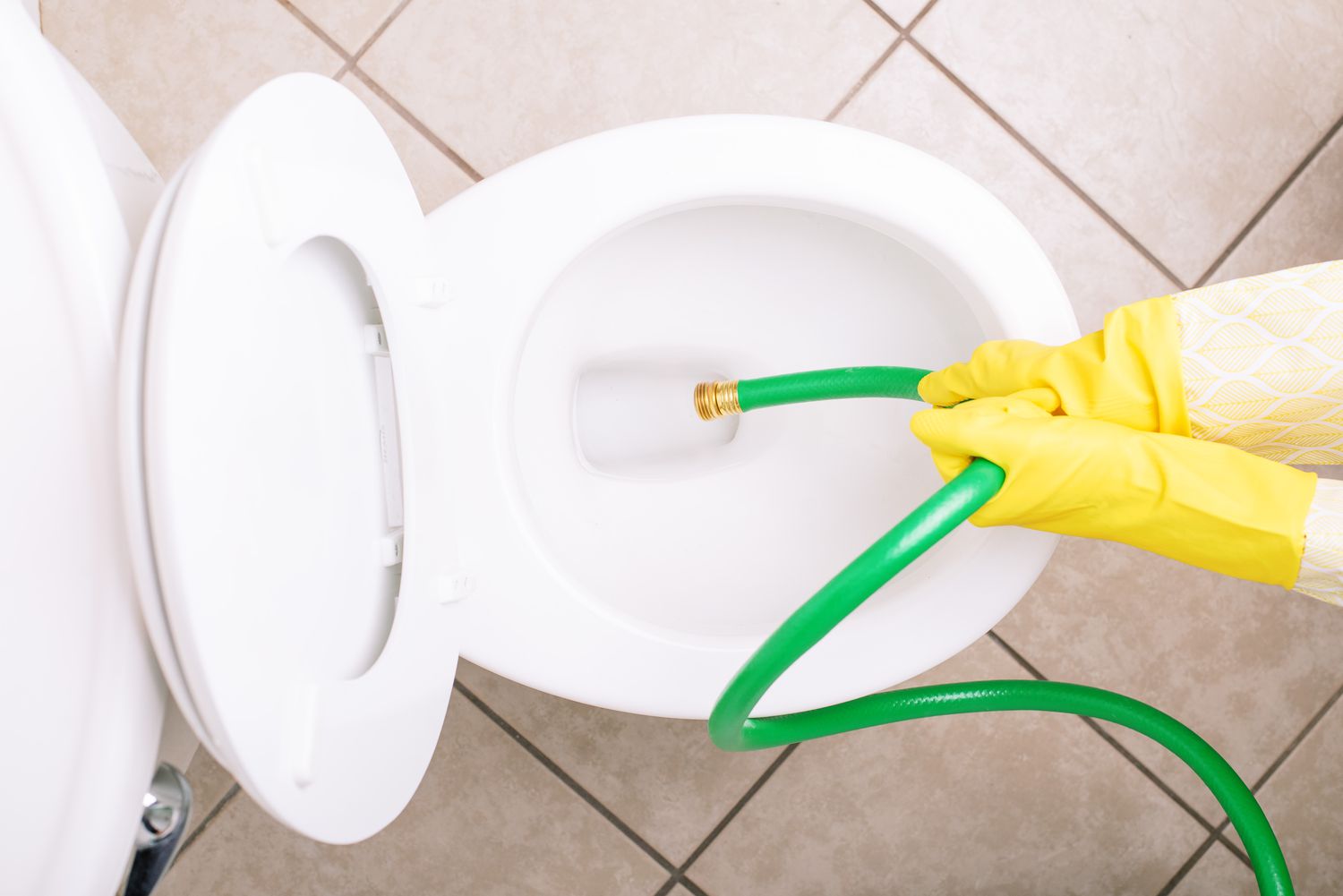
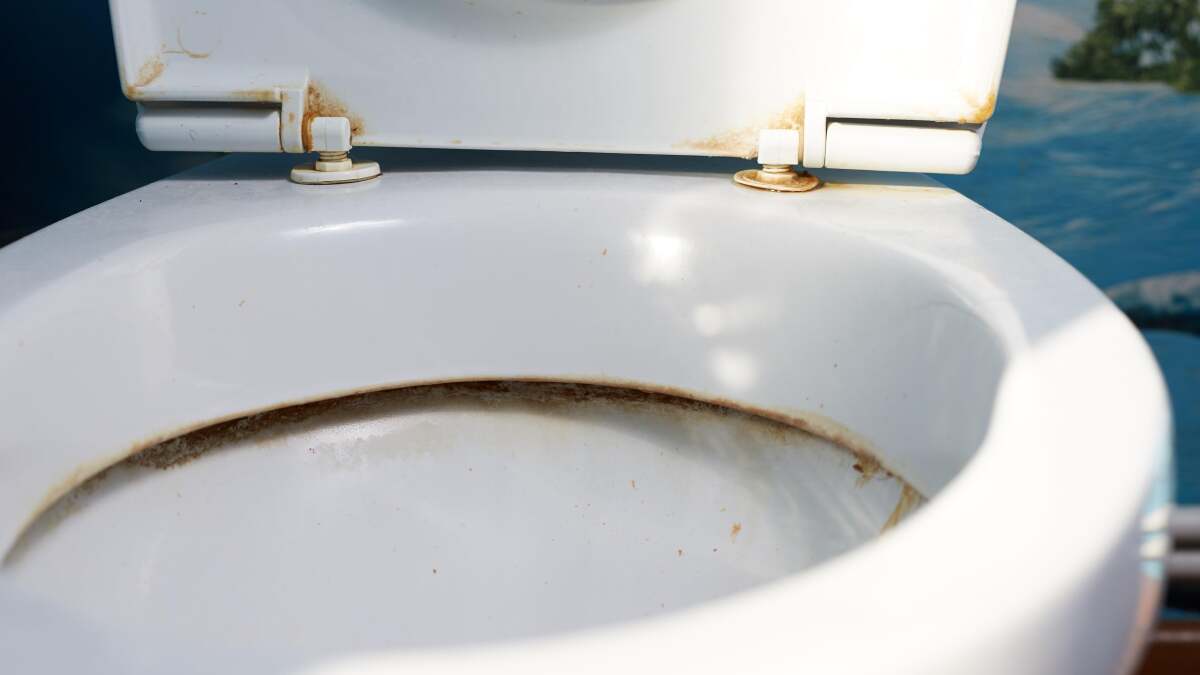
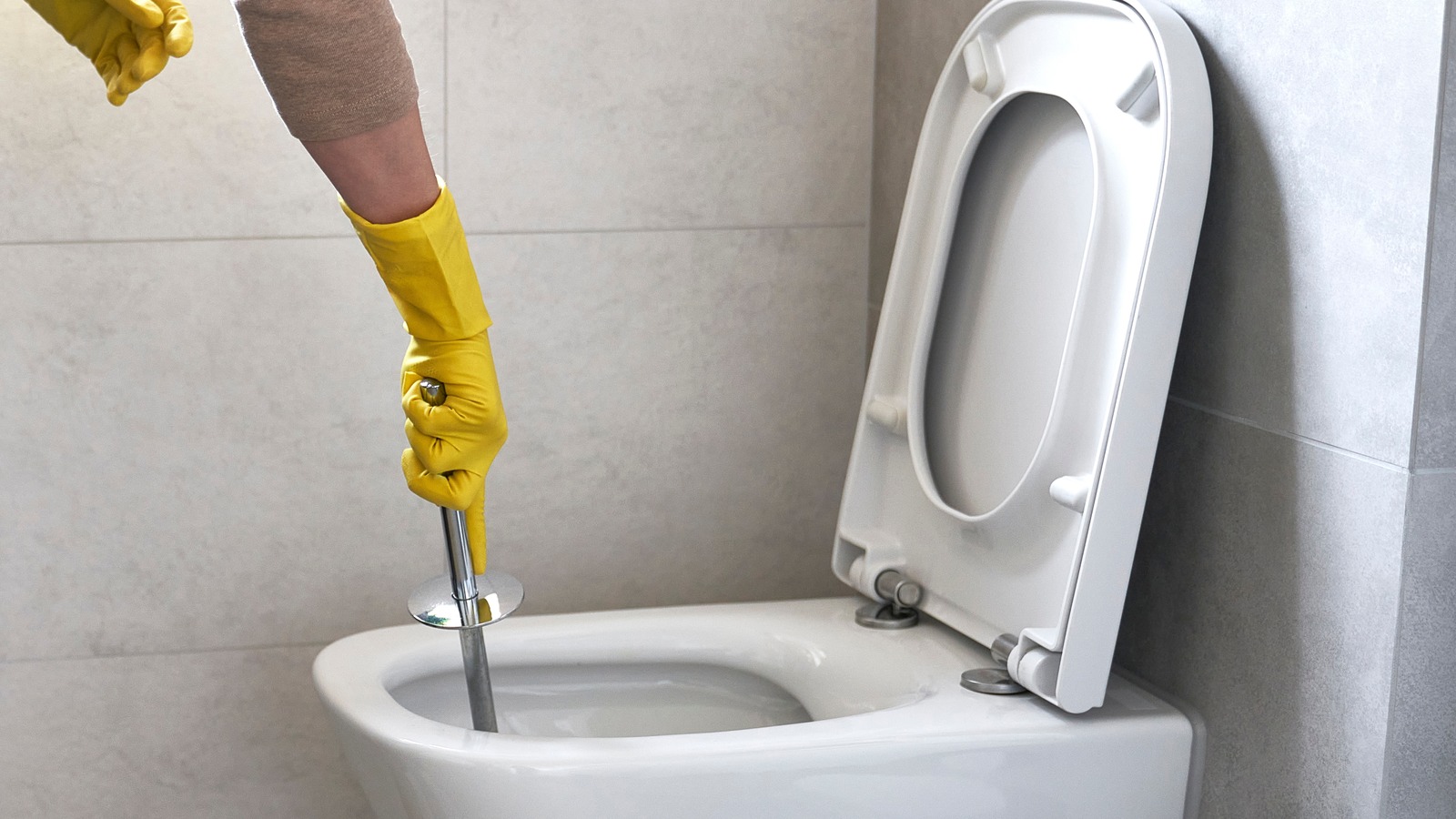
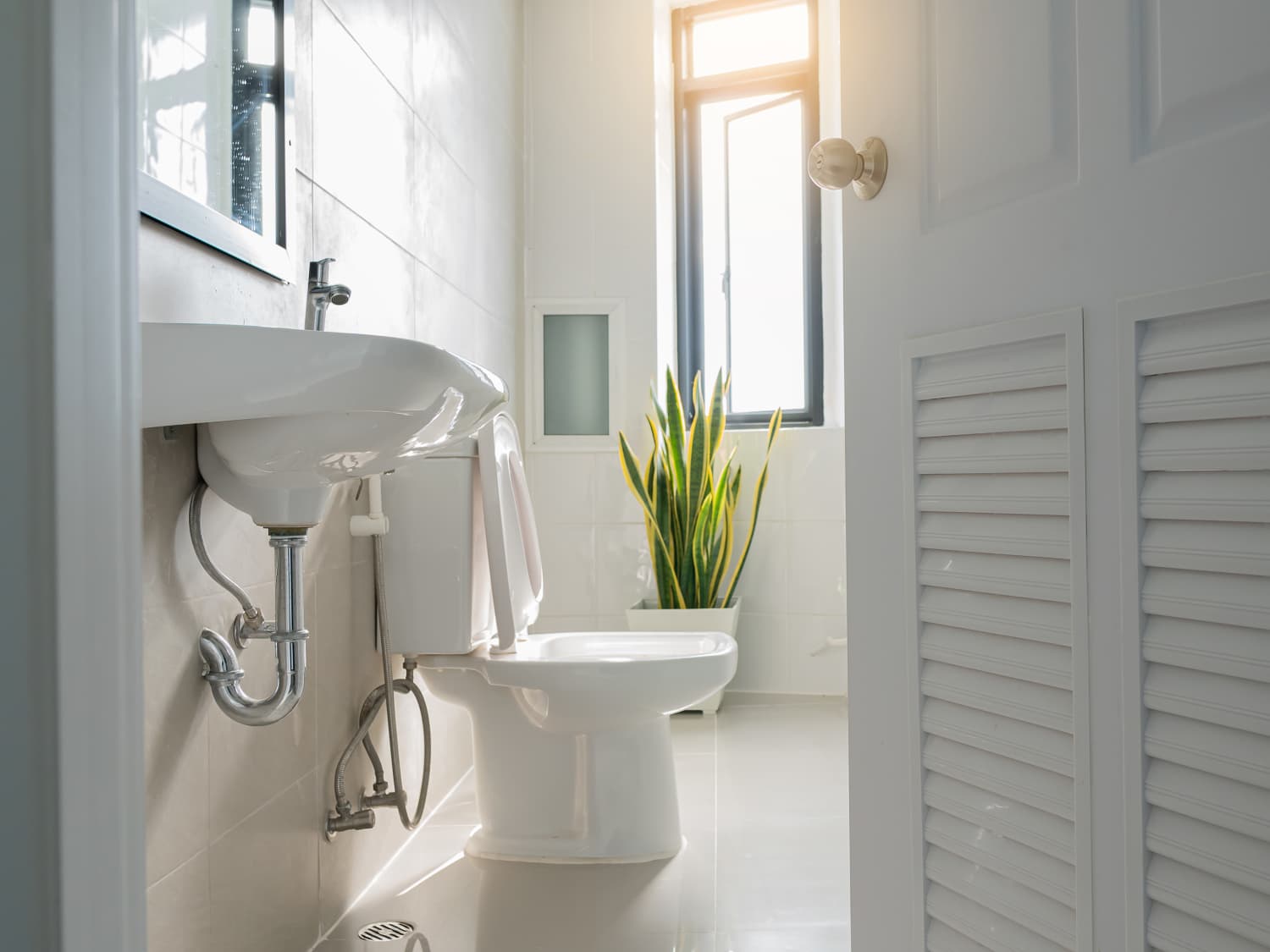
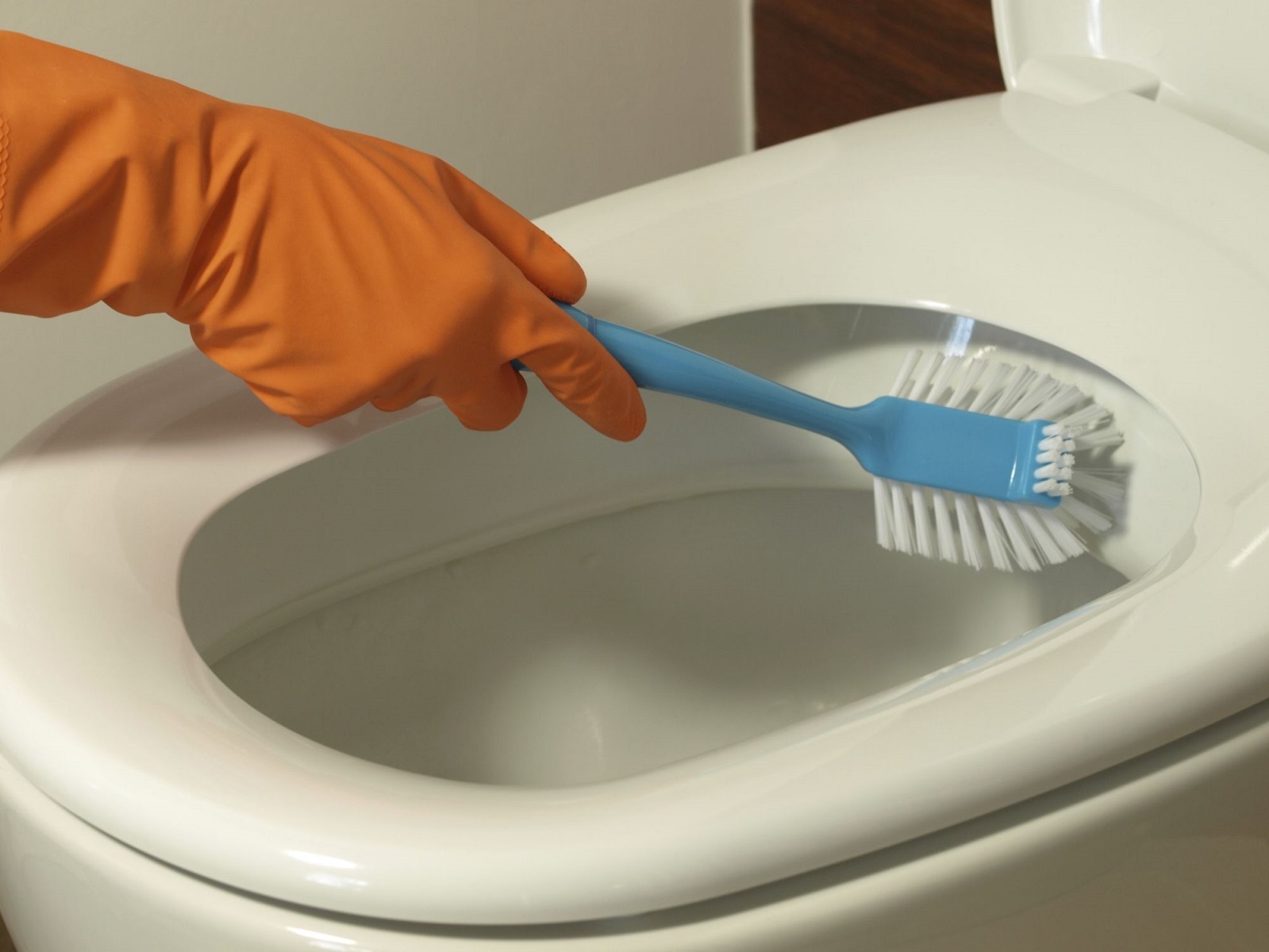
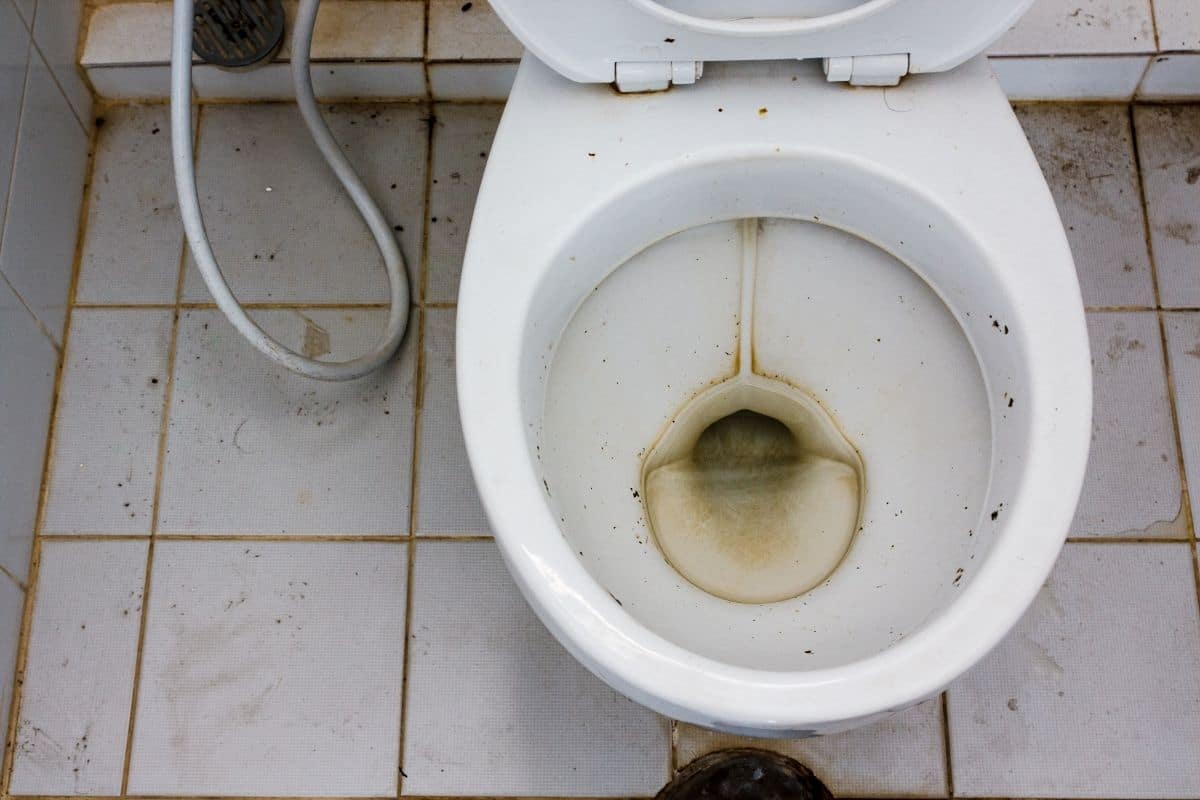
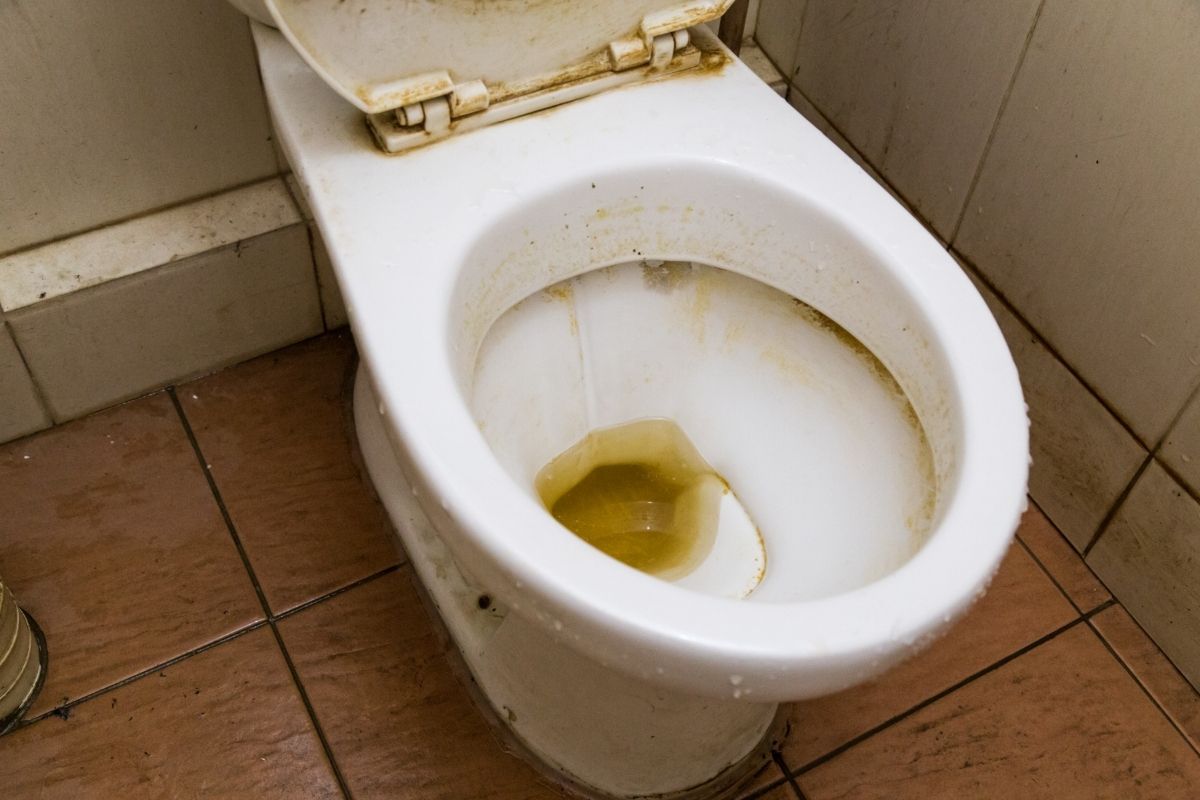
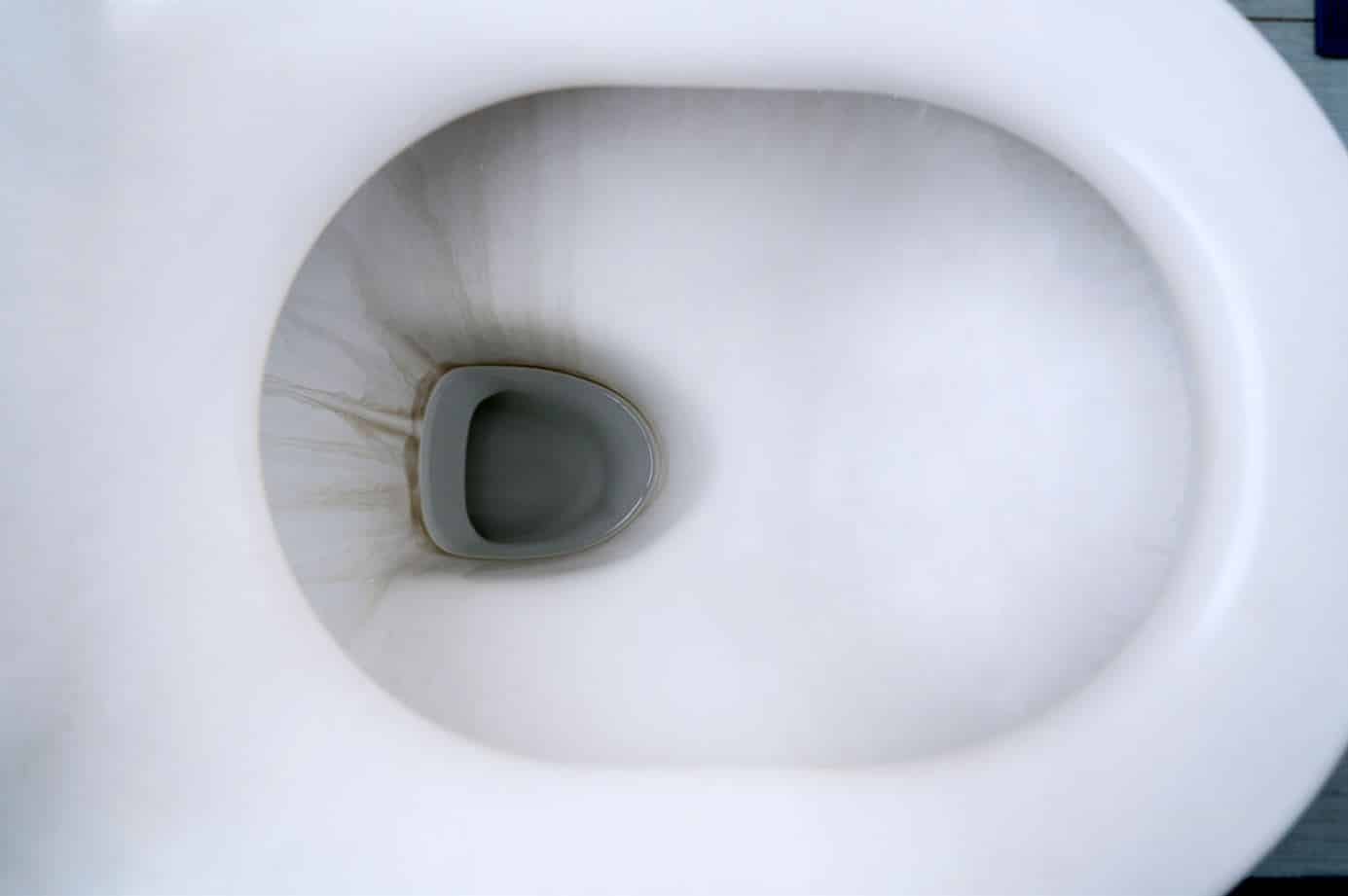
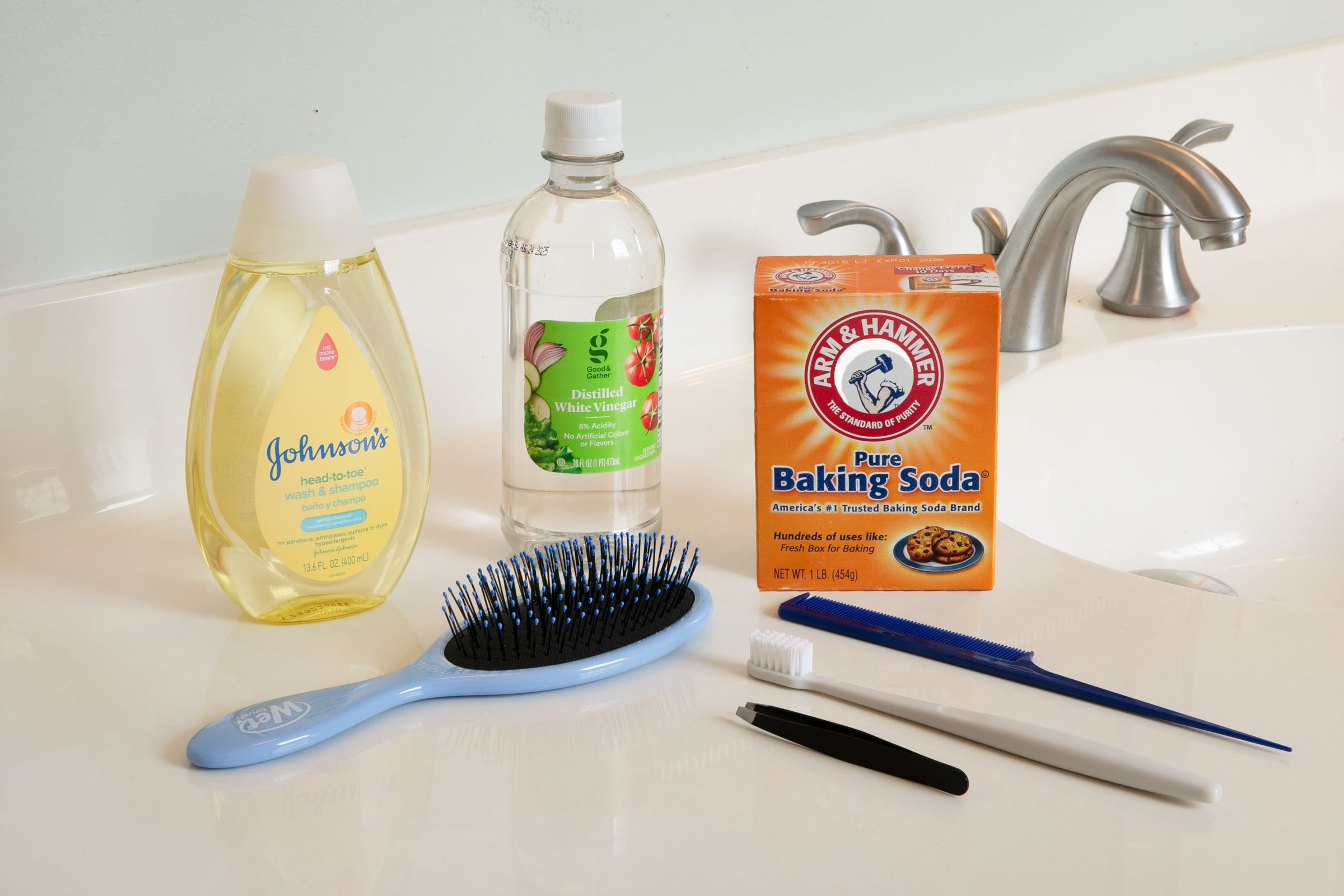

0 thoughts on “How To Remove Buildup In Toilet Bowl”